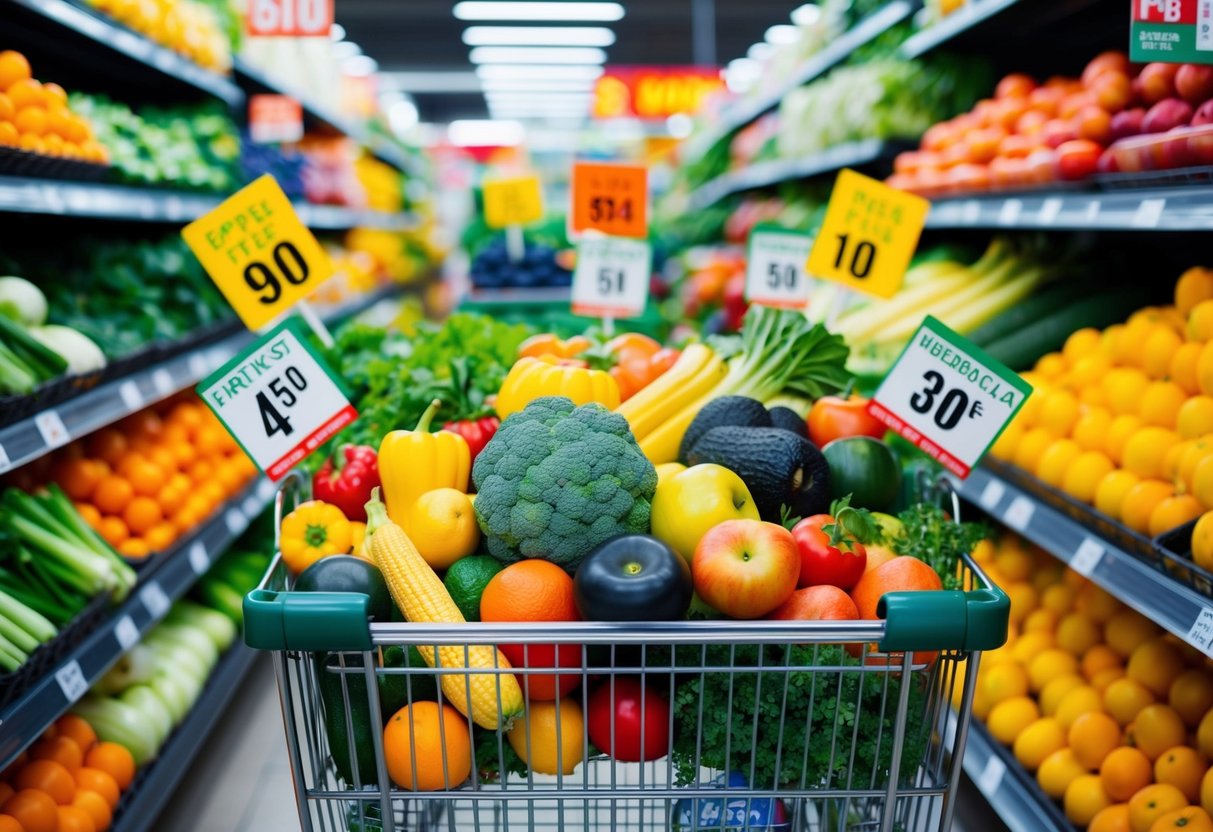Clever Grocery Shopping Hacks: Eat Well Without Breaking the Bank
Incorporating Affordable Proteins
Protein is an essential part of any diet, and it doesn’t have to be costly. Eggs, for instance, are a budget-friendly option rich in nutrients. They offer versatility, fitting into many dishes, and can serve as the main protein source in meals without affecting quality or taste.
Other affordable protein sources include beans, lentils, and tofu, which are excellent alternatives for those on tight budgets. These proteins provide necessary amino acids and are key in maintaining muscle and overall health.
Utilizing canned or frozen options can add variety. They are generally cheaper, have long shelf lives, and retain most of their nutritional content. Incorporating affordable protein into meals ensures individuals get necessary nutrients while keeping grocery costs manageable.
Smart Meal Planning Techniques
Smart meal planning can significantly reduce grocery bills while ensuring healthy meals. By focusing on crafting balanced meal plans and planning around sales and seasonality, individuals can maintain a nutritious diet without overspending. These strategies emphasize the importance of being organized and adaptable.
Crafting Balanced Meal Plans
A well-structured meal plan is the cornerstone of effective grocery shopping. Identifying key food groups such as proteins, carbohydrates, and vegetables is essential. Integrating these components ensures that meals are both nutritious and fulfilling. For instance, incorporating lean proteins like chicken or tofu with a variety of vegetables and whole grains can create a balanced diet.
Portion control is another critical aspect. Understanding the right portion sizes helps in buying exactly what is needed, thus minimizing waste. It also aids in maintaining a consistent diet, contributing to better health outcomes. Keeping a list of favorite, easy-to-prepare recipes can streamline the process and ensure variety in meals.
Planning Around Sales and Seasonality
Capitalizing on sales and seasonal produce can drastically cut down grocery bills. Stores often have weekly sales or special discounts on certain items, which can be strategically used to decide what meals to prepare. Purchasing in bulk during these sales can provide significant savings, especially for non-perishable essentials.
Seasonal produce not only tends to be more affordable but also at the peak of its nutritional value and flavor. For example, buying strawberries in summer or squash in autumn can enhance the quality of meals. Staying informed about sales and local produce seasons allows for flexibility in meal planning and supports budget-friendly shopping.
Optimizing Fresh Produce Purchases

Maximizing the value of fresh fruits and vegetables requires thoughtful selection and proper storage. By focusing on seasonal produce and employing storage techniques, it’s possible to enjoy quality, fresh flavors while minimizing waste.



